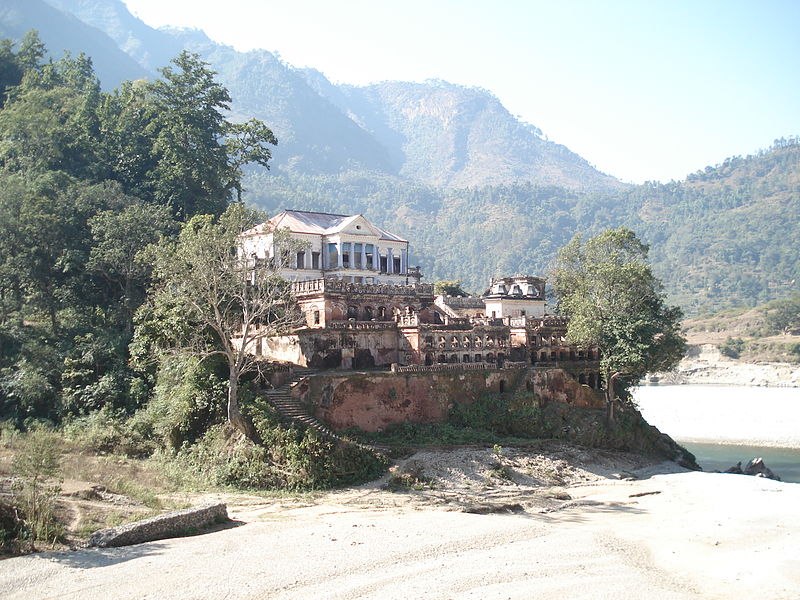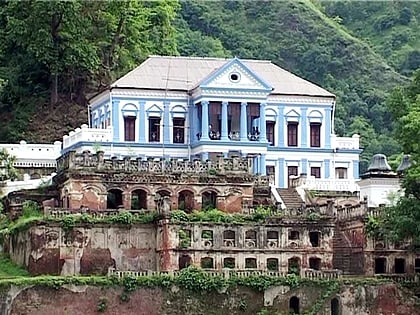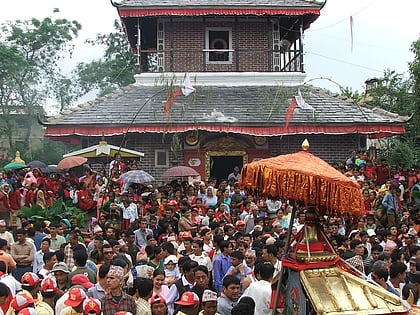Ranighat Palace


Facts and practical information
Nestled along the banks of the Kali Gandaki River in the Palpa district of Nepal, the Ranighat Palace stands as a testament to the country's rich history and architectural grandeur. Often referred to as the Taj Mahal of Nepal, this palatial estate was constructed in 1893 by Commander-in-Chief Khadga Shumsher JBR for his beloved queen, Tej Kumari Devi.
The palace is an exquisite example of the Rana period architecture, showcasing intricate designs and craftsmanship. Despite being remote, the palace has drawn visitors who are eager to witness its beauty and the tragic love story that it symbolizes. The estate is surrounded by lush greenery and offers a serene environment, with the river providing a soothing backdrop to the grandeur of the structure.
The journey to Ranighat Palace is as enchanting as the destination itself, involving a hike through the region's picturesque landscapes. Upon arrival, visitors are greeted by the sight of the palace's ornate facades and expansive courtyards. Although the palace has suffered from neglect over the years, efforts have been made to preserve this historical site, which continues to captivate those who venture to this secluded slice of Nepalese heritage.
West
Ranighat Palace – popular in the area (distance from the attraction)
Nearby attractions include: Rana Ujeshwori Bhagwati temple.

